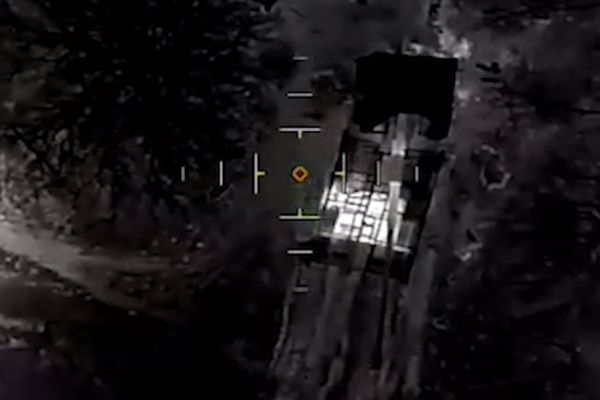
Step back in time 110 million years ago, the dark evenings in Korea would be full of spiders with eerie glowing eyes.
Researchers recently made an unusual discovery, finding fossilized spiders in Korea within a shale formation. Since spiders don’t have bones and teeth, they are usually not preserved in shale as their body would simply decompose before being preserved. However, these spiders were incredibly intact and preserved.
One of the most striking features of the spiders found in the Lower Cretaceous Jinju Formation is the presence of glowing eyes. The spider’s eyes would be similar to opossums, glowing in the dark as they hunt in the nighttime.
The research, which was recently published in the Journal of Systematic Paleontology, describes these spiders with night-vision goggles for eyes.
The discovery was possible due to excavation work in South Korea to construct commercial buildings and parking lots. As the crew flattened out the hilly area they found fossils within the black shale. Further excavation work found mass die-off events within the black shale, including these eerie spiders with glowing eyes.

What is unusual is that these spiders didn’t live in the water and likely floated, so they would have had to be swept into a lake and somehow submerged to the bottom of the lake before they began to decompose. In order for creatures to be preserved as fossils, they have to be buried as fast as possible yet still intact so that bacteria doesn’t begin to decompose them. This, in combination with the fact that spiders have soft bodies, makes it even more unusual that they were preserved in the shale.
The researchers soon noted that the spider appeared to have what’s called a tapetum, a reflective layer that lies behind the retina and bounces light around within the eye. This gives the eye more chances to absorb what little light there is during the nighttime. This produces the eerie glowing eyes of opossum, owls and cats, animals that are meant to hunt at night.
The glowing eyes indicate that the spider hunted at night and researchers believe they loosely resembled modern jumping spiders (lagonomegopids). This is the first of its kind found within shale, all other spiders have been found fossilized within amber, a more common medium to preserve soft-bodied insects and animals.







